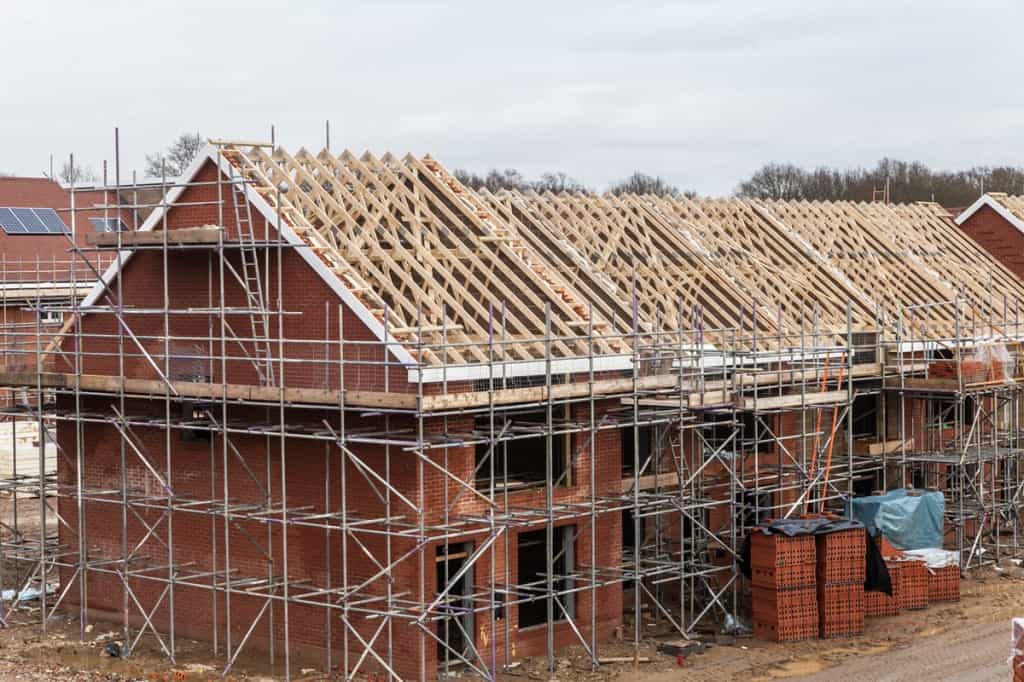Viewpoint
Finance writer Ben Barlow looks at how two of the largest parts of the engineering sector have performed since the European Referendum
In the aftermath of the historic Brexit vote, there was a lot of concern over how the UK’s economy would survive. The manufacturing and construction sectors were particularly worried; with talks of potential huge job losses and a freeze in the hiring process.
The future looked bleak and with the manufacturing industry making up around 10% of the UK’s overall economy output, it’s easy to see why many Brits have become concerned we’re heading towards another recession. So, should we be worried and how are the manufacturing and construction sectors coping almost six months on?

Optimism among British manufacturers has taken a hit
The Confederation of British Industry recently conducted a survey which revealed optimism amongst British manufacturers is currently at the lowest it has been since the recession in 2009. Perhaps the largest contributing factor to this has been the weaker pound.
On the one hand, the decrease in the pound’s value has made it cheaper for companies to purchase British exports. This means businesses outside of the UK have a good incentive to buy their materials here. Therefore, the demand for British manufacturing has benefitted.
However, the cost of importing components and materials to the UK is set to increase, meaning it’s going to be more expensive for British manufacturers to run their business and in turn offer competitive prices to their clients.
Record number of manufacturing orders seen in Q3
Initially, when the Brexit vote was announced, orders dropped at a significant rate, further fuelling the fear over what was going to happen. However, in Q3 manufacturers have seen a record rise in the number of orders.
Initially, economists predicted that the market would rise to 49, up from the 48.2 recorded in July. However, the UK Manufacturing Purchasing Manager’s Index (PMI) has shown the actual increase has been 53.3. This is the largest monthly rise seen since the PMI started 25 years ago. When you compare these figures to other European countries such as Germany, whose PMI rating dropped to the lowest it’s been in three months, it’s clear to see that the UK is faring quite well under the circumstances.
There is speculation that the huge rise in manufacturing orders could drop quickly once the UK does exit the EU. The increased cost of importing materials and components from EU countries will also pose problems for small to medium size British manufacturing companies. However, the damage is likely to be a slow and gradual process, leaving plenty of time for manufacturers to seek short-term financial help to lessen the blow.
Construction industry shrugs off Brexit
Prior to Brexit, a survey carried out by Smith & Williamson, found the majority of construction workers were in favour of a remain vote. Confidence in the industry was recorded at an all-time high, so there was concern if Brexit got the vote, it would cause a lot of unbalance and damage the progress that had been made since the recession.
However, as with the manufacturing industry, all doubts appear to have been for nothing, as the UK Construction Purchasing Managers Index shows a rise to 52.3 from 49.2 recorded in August. So, like the manufacturing industry, the rise has surpassed expert forecasts. In particular, house building has seen more orders and the sector has recovered strongly. This has led to a lot of optimism in the construction sector.
This optimism was highlighted by a Close Brothers Business Barometer quarterly survey. In it, 54% of construction firm owners stated they would recommend the start-up of a construction business to someone they know. Additionally, 31% of the survey respondents felt it was quite simple to start a business in the UK.
Despite the optimism however, the growth rate is still much slower than it was at the beginning of 2016. The weaker pound has also impacted the cost of construction materials, making it more expensive for companies to run their business. There has also been a decrease in investments, as businesses grew concerned over what Brexit would mean for the industry.
Employment rates within the sector have also increased after an initial freeze in employment. This further shows how positive the attitude is within the industry. Of course, the manufacturing and construction does only make up 10% of the UK’s economy and the damage caused won’t really be felt until we do leave the EU. However, these initial reports are certainly welcome and provide much needed optimism after such an uncertain start.
Overall, both the manufacturing and construction sectors took an immediate hit after Brexit. However, while the rate of growth is slow compared to the start of the year, both industries have bounced back a lot faster than experts predicted. When the UK finally does leave the UK, it will be a very slow process, meaning any damage will be limited. It is however, recommended that smaller UK manufacturing and construction industries prepare for the changes to come by looking into alternative financial options if required.




Viking Link connects UK and Danish grids
These underwater links must, based on experience with gas pipelines, be vulnerable to sabotage by hostile powers. Excessive dependency on them could...